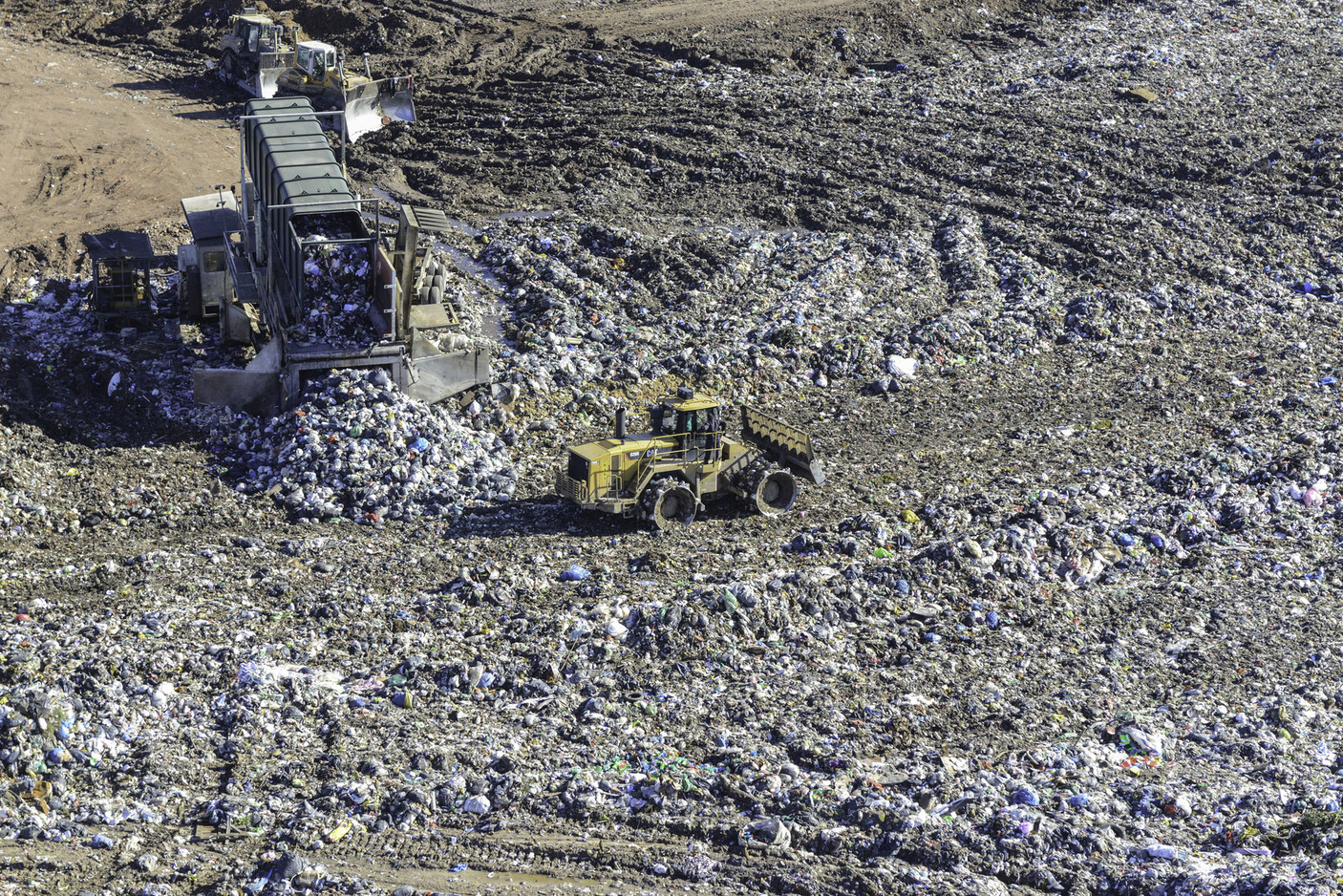Ignasi Puig Ventosa (ENT)
July 2016
Most European countries have landfill taxes in place for municipal waste. Some also have incineration taxes [1] [2]. These taxes are set either at national or regional level, and are normally paid by Local Authorities. By increasing the perceived cost of landfills and incinerators, other more ecologically friendly solutions are seen in comparison as relatively cheaper alternatives. Therefore, these taxes encourage Local Authorities to adopt strategies to divert waste from landfills and incinerators, which according to their local capacities normally means improving separate collection of biowaste and recyclables, and stabilising non-separately collected waste before disposal (e.g. via mechanical-biological plants).
The effectiveness of these taxes is without doubt and they normally constitute a central piece of the waste management strategies of the countries or regions that have them in place, more so in the cases where their revenue is earmarked and dedicated to implementing preventive waste policies.
However, according to the Waste Framework Directive [3] (art. 4.1), prevention and preparing for re-use are strategies that should be prioritised before recycling. And, in my opinion, landfill and incineration taxes are not significantly contributing to moving to those higher tiers in the waste hierarchy.
The reason is simple: advancing significantly towards prevention and preparing for re-use implies a profound rethinking of the production and distribution strategies by the industry, and the industry is not affected by the incentives created by the landfill and incineration taxes.
Also, the tax rates are far too low. Let us take, just as an example, a few products that today are produced massively: disposable carrier bags, aluminium cans and disposable nappies. All of them create significant environmental problems. None of them existed just a few decades ago. Some could be just avoided, others could be substituted by reusable ones, and others would need to undertake a severe eco-design. Many more could be in this list.
Let us calculate which share of the tax paid for disposing of a ton of waste corresponds to a single item (assuming an average weight and a rather high landfill tax of 50 €/t):
| Product |
Average weight (g) |
Share of 50€/t landfill tax per item (€/item) |
| Disposable carrier bag |
8.12 [4] |
0.000406 |
| Aluminium can |
14.9 [5] |
0.000745 |
| Disposable nappy |
38.6 [6] |
0.00193 |
The values obtained are orders of magnitude smaller than the cost of the products, so one can easily conclude that landfill and incineration taxes create virtually no disincentive to producers.
Moreover, Local Authorities normally pass their costs to households and commercial activities (via waste charges), but not to those who place the products on the market.
This shows clearly that although landfill and incineration taxes have a central role in providing incentives to Local Authorities to move from disposal to recycling, they hardly have any capacity to incentivise prevention and preparing for re-use.
Other instruments –be them economic instruments or not– are needed to encourage industries to move up the waste hierarchy by influencing their production and distribution strategies. Some options could be:
- Clever Extended Producer Responsibility (EPR) schemes (i.e. ensuring close to 100% capture rates, transferring full collection and treatment costs to the corresponding managing bodies, and ensuring that they transfer these costs to producers through tariffs that favour eco-design). Most products put in the European market still do not face any sort of producer responsibility, because they are not legally obliged to. EPR only exists for packaging, electric and electronic equipment, tyres, and a few more products. And they generally to do comply with the minimum quality criteria mentioned above.
- Ecotaxes for products with a high environmental impact and with clear alternatives, e.g. disposable bags, as they already exist in some countries and regions (e.g. Ireland).
- Compulsory enforcement and measurable targets of eco-design.
References
[1] Watkins, E. et al. (2012) Use of Economic Instruments and Waste ManagementPerformances. DG Environment. European Commission. http://ec.europa.eu/environment/waste/pdf/final_report_10042012.pdf
[2] Fischer, C. et al. (2012) Overview of the use of landfill taxes in Europe. ETC/SCP working paper 1/2012. European Topic Centre on Sustainable Consumption and Production. https://www.embopar.pt/folder/documento/99_Landfill%20taxes%20in%20Europe.pdf
[3] Directive 2008/98/EC of the European Parliament and of the Council of 19 November 2008 on waste and repealing certain Directives.
http://eur-lex.europa.eu/legal-content/EN/TXT/?uri=CELEX:32008L0098
[4] For a conventional high-density polyethylene(HDPE) bag, according to Edwards, C., Meyhoff Fry, J.(2011) Evidence. Life cycle assessment of supermarket carrier bags: a review of the bags available in 2006. Environment Agency, Bristol. SC030148 Report. https://www.gov.uk/government/uploads/system/uploads/attachment_data/file/291023/scho0711buan-e-e.pdf
[5] http://recycleusainc.com/aluminium-cans/how-many-aluminum-cans-equal-1-pound/
[6] Aumônier, S., Collins, M., Garrett, P. (2008) An updated lifecycle assessment study for disposable and reusable nappies. Environment Agency, Bristol. Science Report – SC010018/SR2. https://www.gov.uk/government/uploads/system/uploads/attachment_data/file/291130/scho0808boir-e-e.pdf

